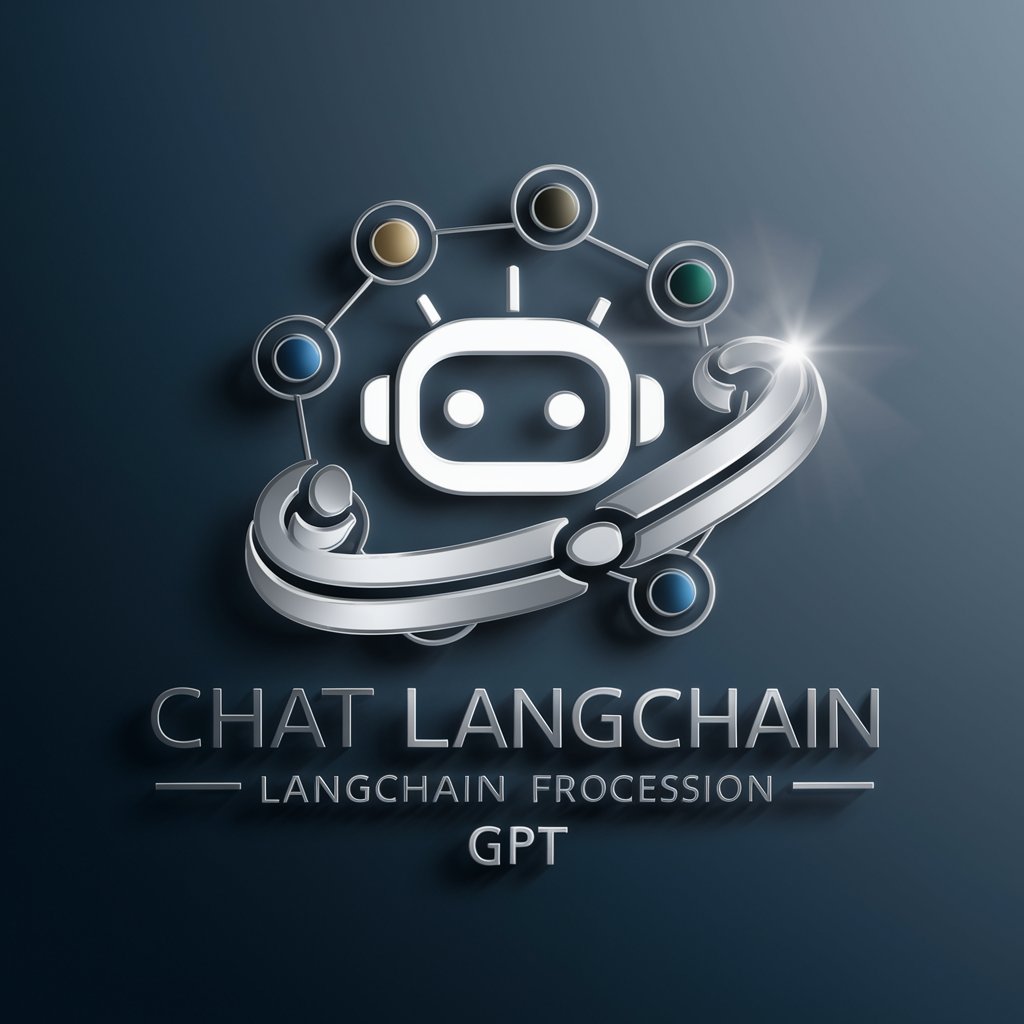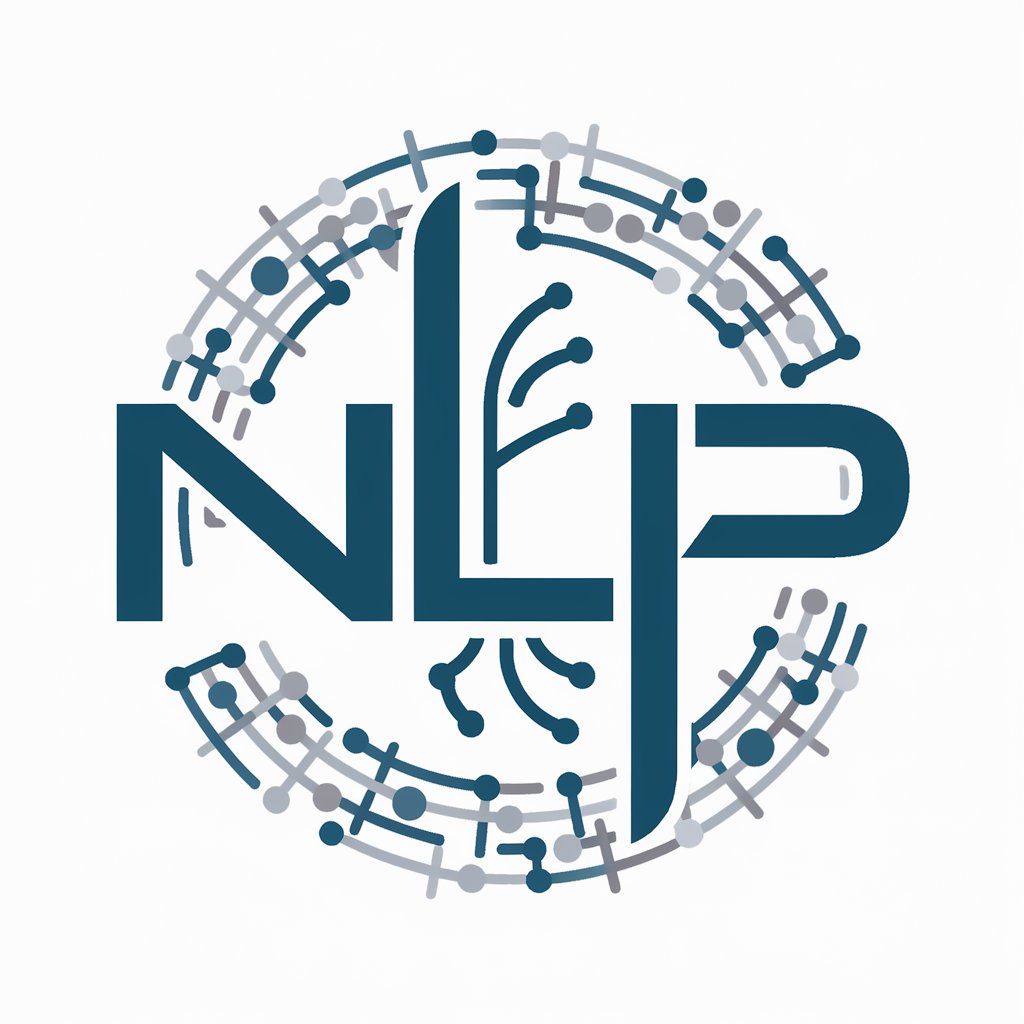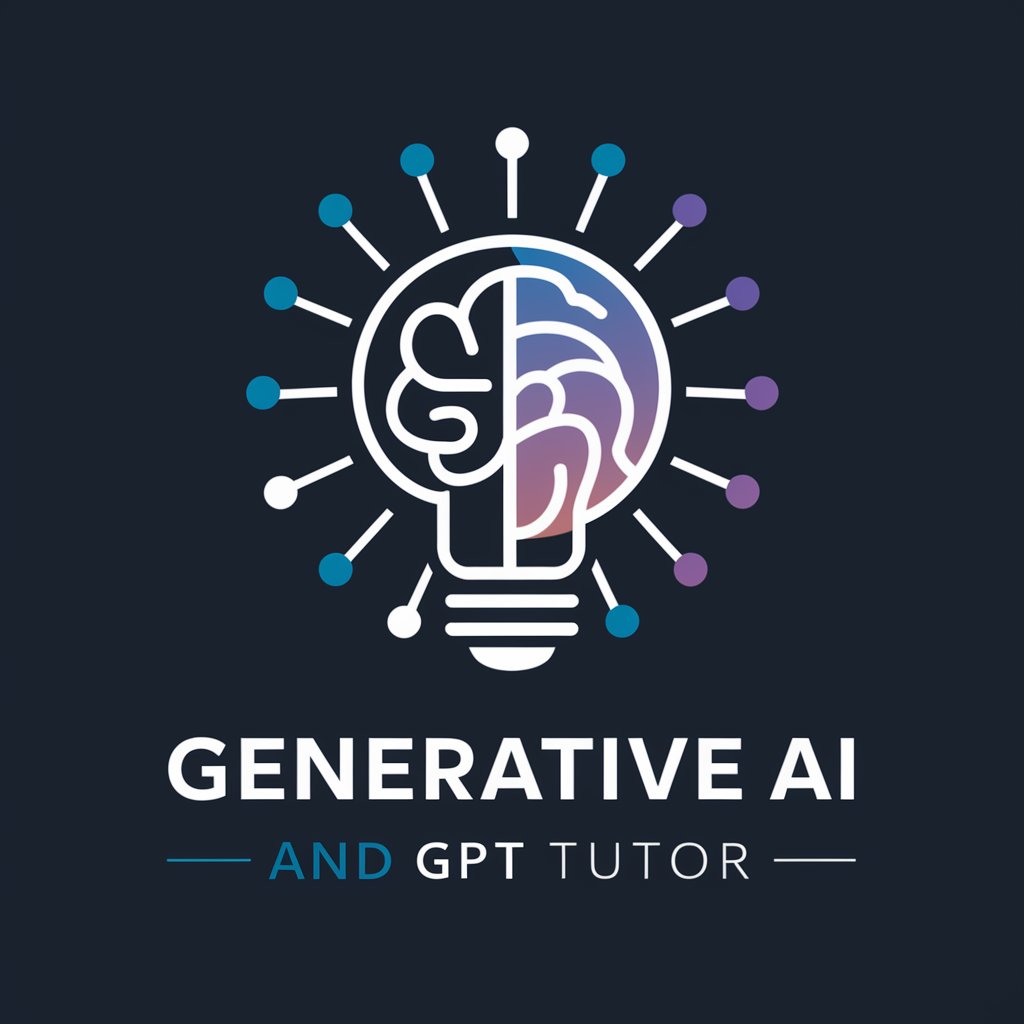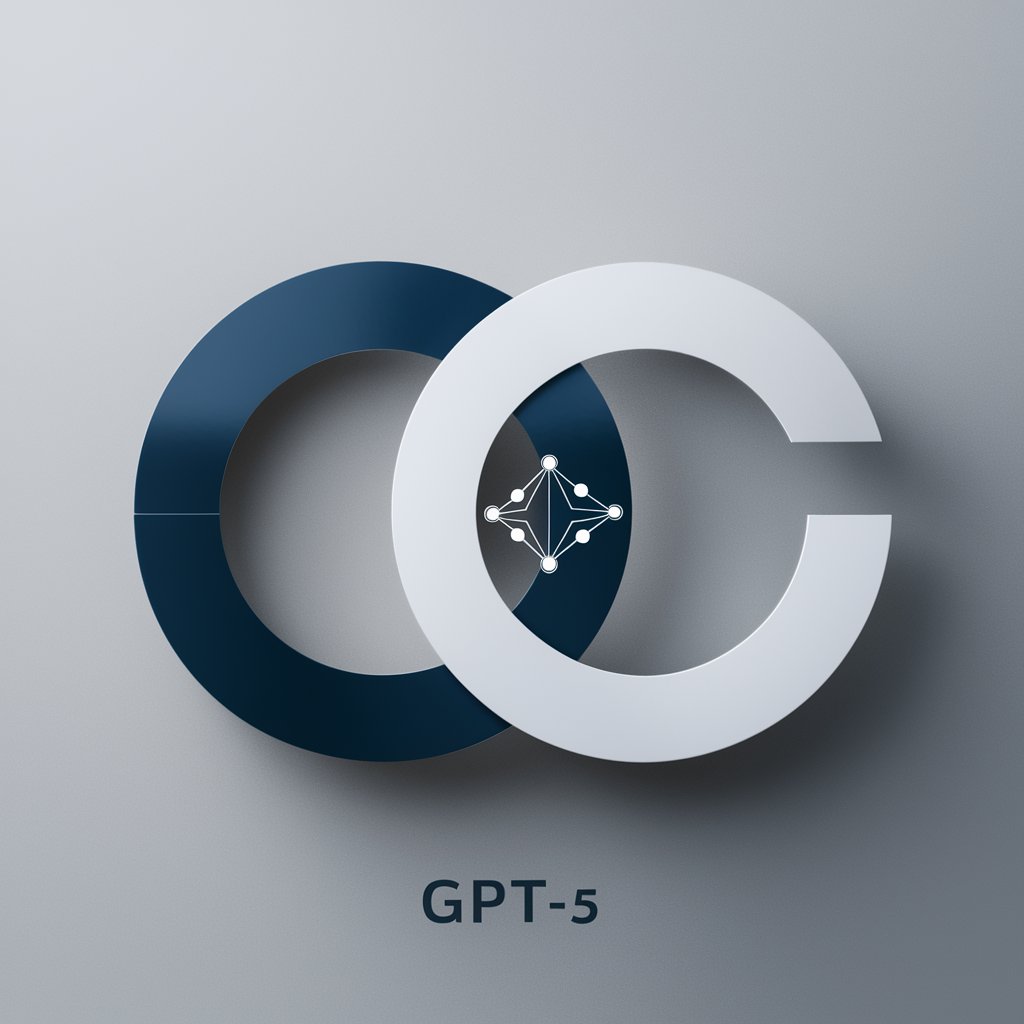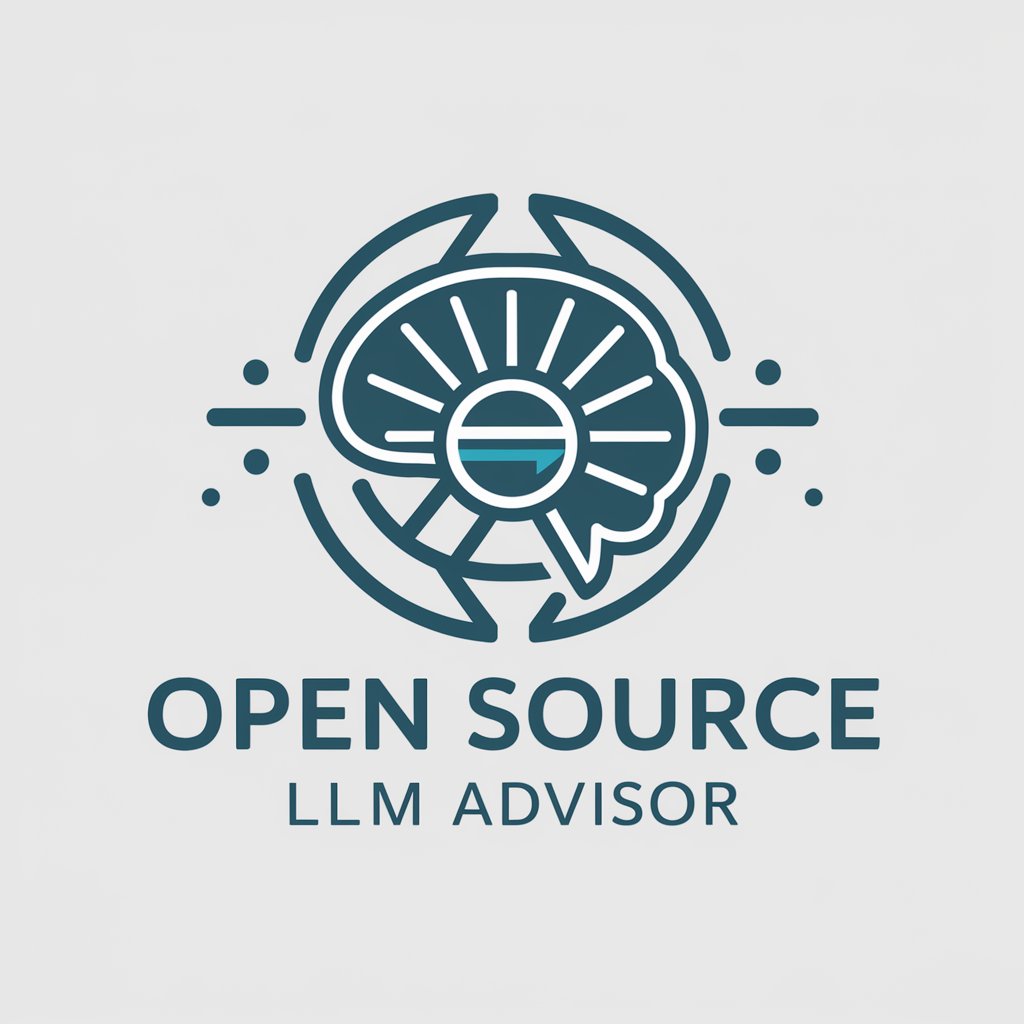
Intro to Large Language Models by Andrej Karpathy - LLM Insight and Application
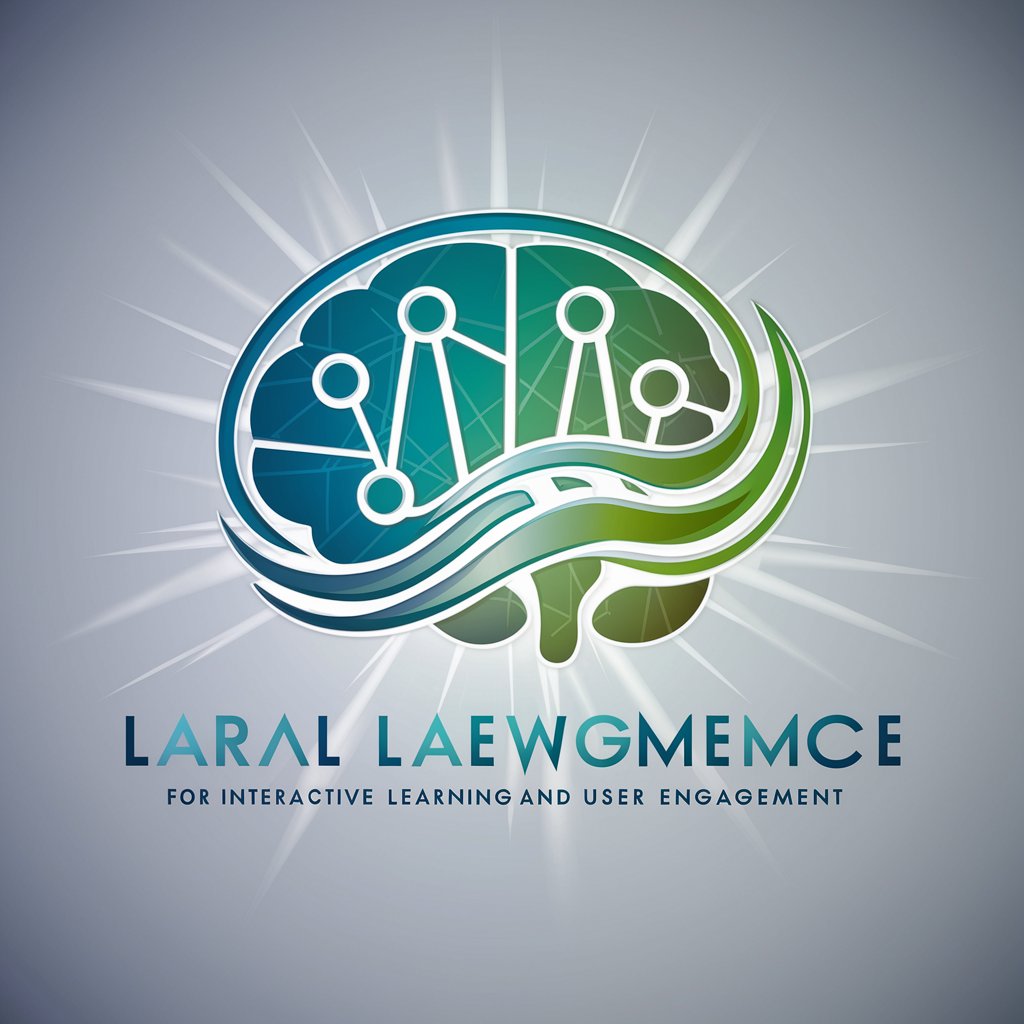
Welcome! Let's explore the world of large language models together.
Unleashing AI to Understand and Generate Language
Explain the core principles of
How do large language models
Describe the process of
What are the benefits of using
Get Embed Code
Introduction to Large Language Models by Andrej Karpathy
Andrej Karpathy's introduction to Large Language Models (LLMs) provides an insightful overview into the world of advanced AI language processing. At its core, the presentation demystifies the complex nature of LLMs, illustrating them as systems composed of two primary elements: a massive set of parameters (the 'brain' of the model) and a piece of code to run these parameters. Karpathy uses the example of the Llama 270B model by Meta AI to showcase how LLMs are essentially just two files on a system that, when combined, can perform tasks like generating poems or answering questions. He explains the process of training these models as akin to compressing a vast chunk of the internet into a neural network, enabling the model to 'dream' or generate new, coherent text based on the massive dataset it was trained on. This deep dive into the fundamentals of LLMs, their architecture, training, and application, is designed to provide a solid foundation for understanding how these powerful tools work and their potential impact on technology and society. Powered by ChatGPT-4o。

Main Functions of Intro to Large Language Models by Andrej Karpathy
Text Generation
Example
Generating poems, articles, or code based on prompts
Scenario
A user requests the model to generate a poem about AI, and the model crafts a unique piece, drawing from its vast training data to produce creative, contextually relevant text.
Question Answering
Example
Providing answers to user queries based on learned knowledge
Scenario
When asked about the relevance of 'monopsony' in economics, the model can provide a detailed explanation, including examples and citing relevant research, showcasing its ability to access and synthesize its 'compressed' knowledge.
Language Translation
Example
Translating text from one language to another
Scenario
Translating a technical document from English to French, maintaining the document's technical accuracy and readability for French-speaking professionals.
Content Summarization
Example
Summarizing long articles or documents into concise paragraphs
Scenario
Summarizing a lengthy research paper into a few paragraphs that capture the main findings, methodologies, and implications, saving time for researchers or students seeking quick insights.
Sentiment Analysis
Example
Determining the sentiment of a piece of text
Scenario
Analyzing customer reviews on a product to determine overall customer sentiment, aiding businesses in understanding consumer satisfaction and areas for improvement.
Ideal Users of Intro to Large Language Models by Andrej Karpathy Services
Researchers and Academics
Individuals in academia can leverage LLMs for analyzing large sets of documents, conducting literature reviews, or generating new hypotheses, significantly reducing the time and effort required for these tasks.
Software Developers and Data Scientists
This group benefits from LLMs by automating coding tasks, debugging, or even generating new code snippets, thereby improving efficiency in software development processes.
Content Creators and Marketers
LLMs offer the ability to generate creative content, from marketing copy to blog posts, helping creators produce more content at scale and marketers to tailor messages more precisely to their target audiences.
Customer Support Representatives
By automating responses to frequently asked questions or generating drafts for email responses, LLMs can significantly enhance the efficiency and quality of customer service.
Language Learners and Translators
LLMs can assist in language learning by providing translations, practice exercises, and language exposure, as well as aiding professional translators by offering first-draft translations and context-specific language understanding.

How to Use Intro to Large Language Models by Andrej Karpathy
1
Start your journey at yeschat.ai for a complimentary trial, accessible immediately without any need for ChatGPT Plus subscription or login requirements.
2
Explore foundational concepts by reviewing the sections on LLM Inference, Training, and Applications, to understand the capabilities and limitations of large language models.
3
Utilize the knowledge presented to experiment with custom prompts, aiming to enhance your understanding or solve specific problems, leveraging examples from the talk.
4
Apply insights from the talk to fine-tune your approach to using large language models in your field of interest, whether it be academic research, creative writing, or software development.
5
Stay informed on the latest developments and applications of large language models by following related discussions and updates in the AI community, including those by Andrej Karpathy.
Try other advanced and practical GPTs
Alice the kid painter
Unleash creativity with AI-powered drawing

Gita Insights
Unlocking the Wisdom of the Gita with AI

Cinema Chat
Empowering Your Movie Journey with AI

Focus Coach Fiona
Boost focus with AI-powered guidance.

Custom GPT Promo Instruction
Automate Your Promotion, Amplify Your Message
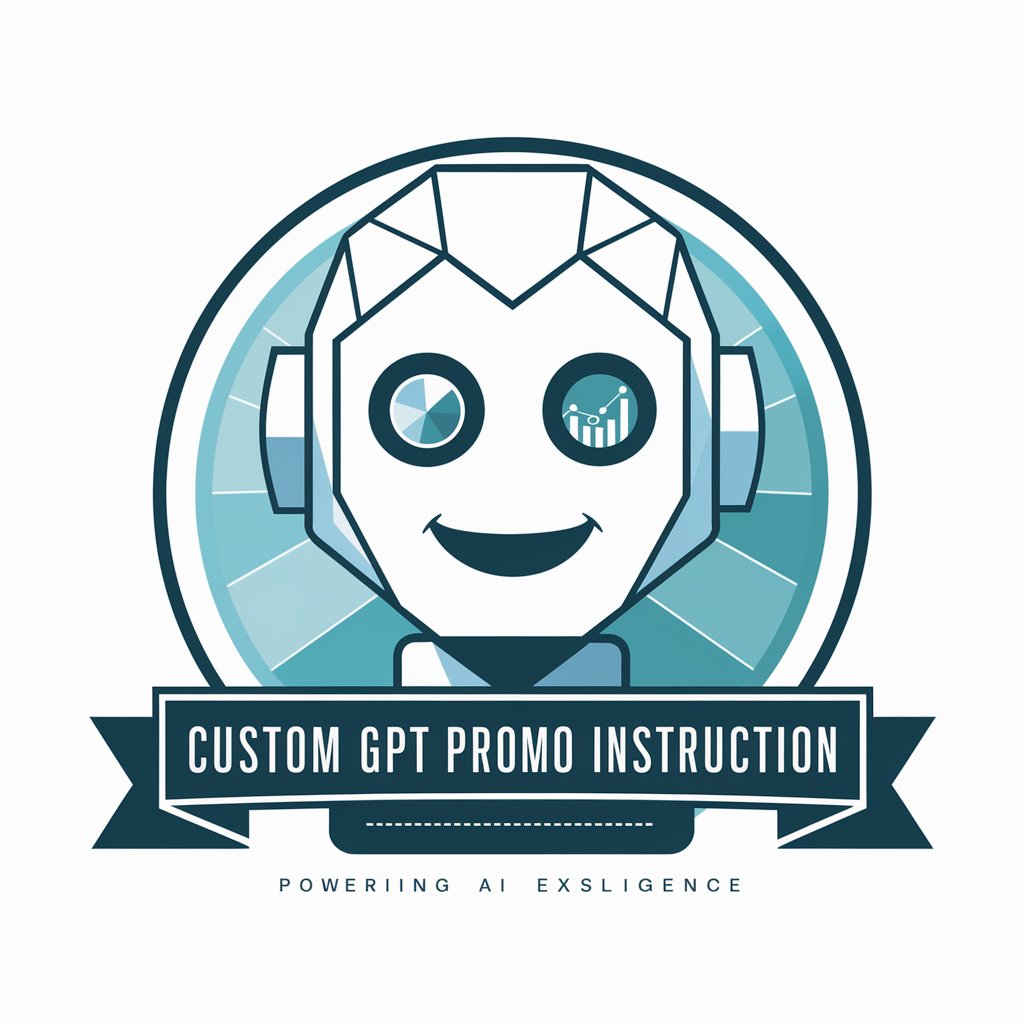
How To Survive!
Master survival with AI-driven strategies.

Fitness Bro
AI-powered Personal Fitness Coach

Bot Creator
Crafting Custom AI Solutions Effortlessly

英语作文拍照批改--AI英语老师
Revolutionizing English Writing with AI
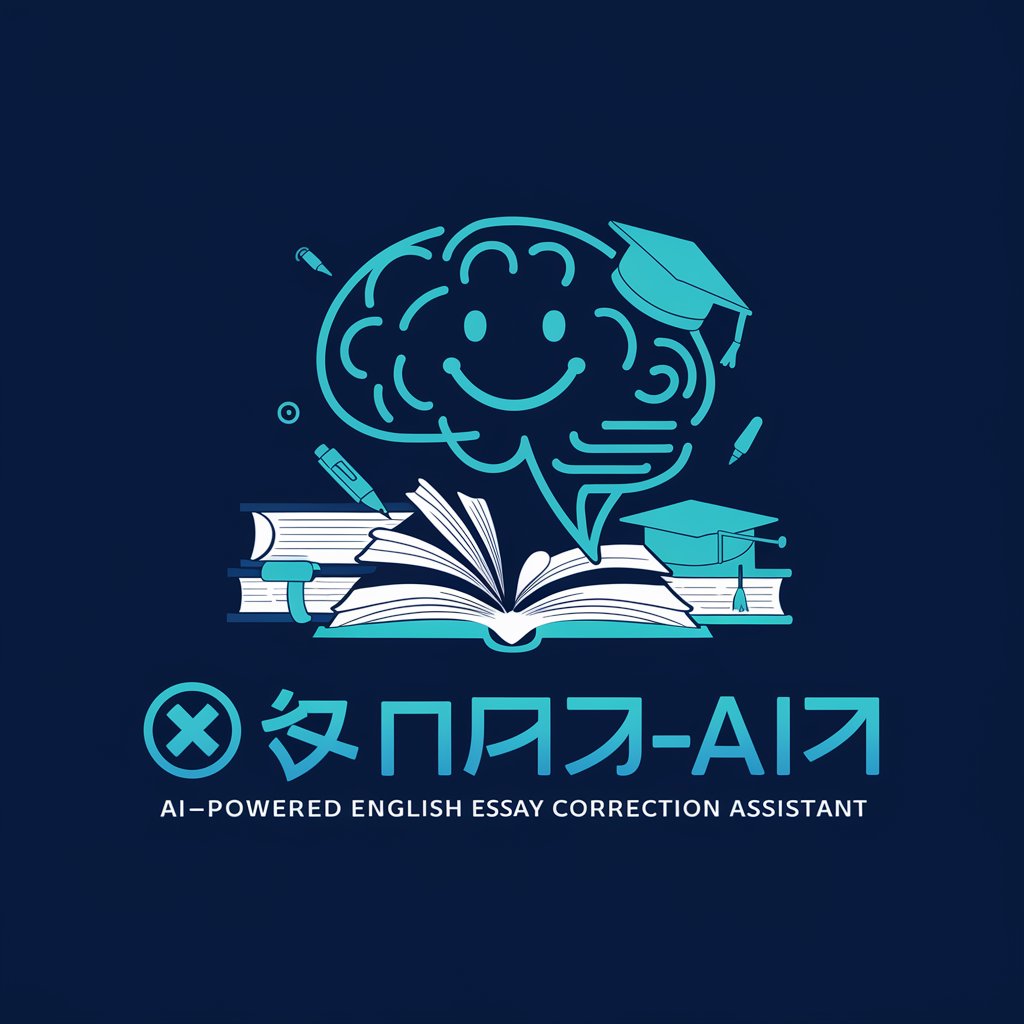
English Essay Writing Coach
AI-powered ESL Writing Assistant

Six Thinking Hats
Empower decisions with AI-driven insights

Essay Writing Coach for Japanese ESL learners
Empowering ESL Writers with AI

Q&A on Intro to Large Language Models by Andrej Karpathy
What are Large Language Models (LLMs) as described by Andrej Karpathy?
LLMs, as discussed by Andrej Karpathy, are advanced AI systems capable of understanding, generating, and interacting with human language at scale, powered by billions of parameters trained on vast datasets.
How does Andrej Karpathy explain the training of LLMs?
Karpathy explains LLM training as a complex process that involves compressing a significant portion of the internet into a model, utilizing massive computational resources over an extended period to refine its ability to predict and generate text.
Can LLMs, according to Karpathy, truly 'understand' language?
While LLMs show remarkable linguistic capabilities, Karpathy suggests they simulate understanding through pattern recognition and prediction, rather than exhibiting true comprehension akin to human cognition.
What potential applications of LLMs does Andrej Karpathy highlight?
Karpathy highlights a range of LLM applications, from generating human-like text and coding assistance to more complex tasks like summarizing content, translating languages, and even creative writing and problem-solving.
How does Andrej Karpathy suggest we approach the limitations and ethical considerations of LLMs?
He advocates for a cautious and ethical approach to deploying LLMs, emphasizing the importance of addressing bias, ensuring privacy, and mitigating potential misuse, while continually improving their reliability and understanding their operational mechanisms.
